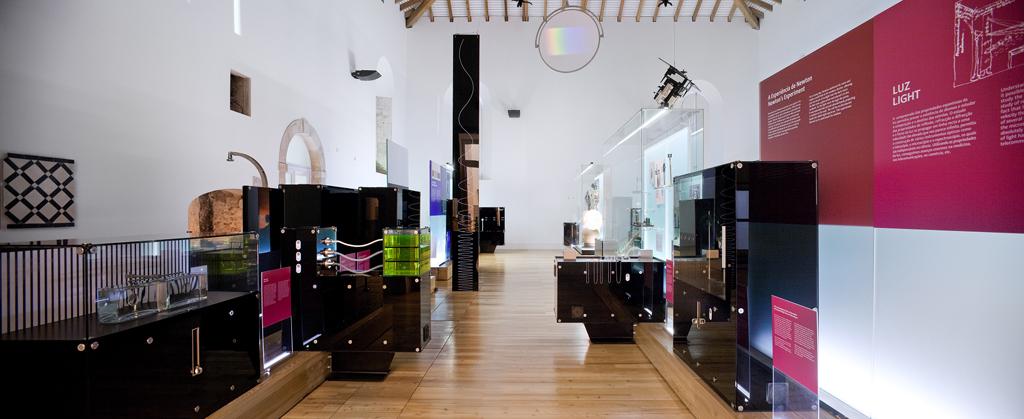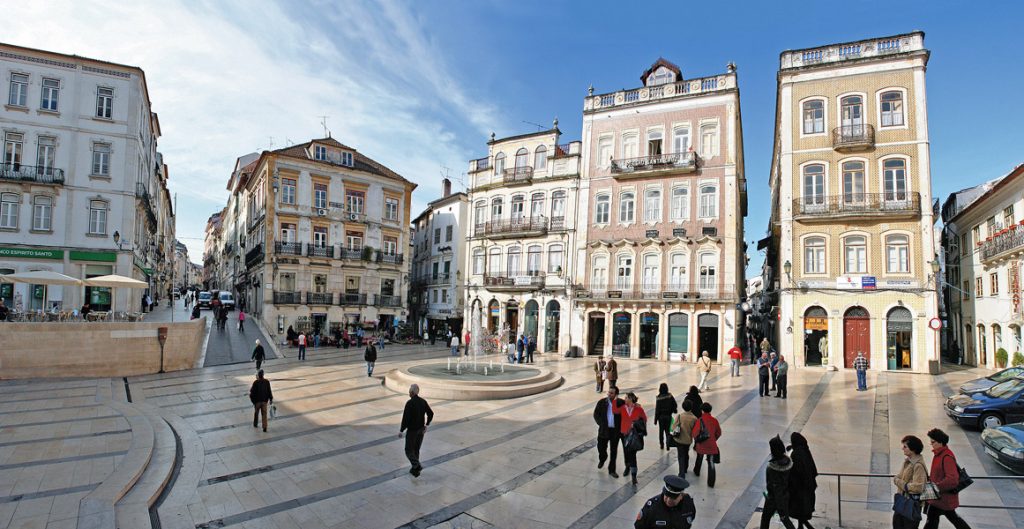The University of Coimbra — Alta e Sofia, is an extraordinary architectural set that, simultaneously, illustrates the several purposes of a university created in the Middle Ages, and the various significant periods of the Portuguese architecture and art, as well as of a national geographical and cultural space – the former Portuguese Empire.
Its history is closely connected with the ideological, pedagogical and cultural reformations, which hold a direct correlation to a material dimension. Through its set, the University represents a long cultural genesis, always present, active and architecturally and aesthetically verifiable in the several buildings that constitute it, and that are located in the World Heritage applicant areas – Alta and Sofia.

The Botanical Garden was an integral part of the Faculty of Natural Philosophy and was created during the Marquis of Pombal’s reform of the University in 1773 and only completed in the 19th century. The survival of some of the buildings of the former Benedictine College, such as the old chapel in the woods, endows the place with a romantic historical air.
In addition to the Botanical Garden’s various works of architecture and sculpture, there is an extensive biological heritage, involving thousands of ancient plant species. Its exuberant vegetation reflects botanical studies and contacts with the four corners of the earth.
The University Palace (Paço Real) reveals the intimate connection of the University with royal patronage. It features a plethora of buildings and rooms that are worth visiting. We highlight the baroque library “Biblioteca Joanina”, which was created as a study library and reserved to the university community, and is currently considered one of the most beautiful libraries in the world. Likewise visiting the “Sala dos Capelos” the place where all PhD examinations, including those of the members of the organising team, take place is certainly worthwhile.

The Chemistry Laboratory is the home of the Science Museum of the University, together with the Physics Museum, located across the street, they feature an important collection of experimental collection of instruments of the 18th and 19th centuries that is certainly worth a visit.

The construction of the Old Cathedral began in the 12th century. The Romanic church, built in yellow limestone, is located on a slope and is composed by three aisles, prominent transept and threefold headboard. The one floor cloister, located on the southern side of the church was built in the beginning of the 13th century.
Many other relevant buildings are available to this world heritage site, whose description can be found at worldheritage.

Coimbra, has many other things to offer beyond this, for instance: visit the amazing Cryptoporticus of Aeminium, the Capela do Tesoureiro and explore the collection of the Machado de Castro national Museum; go to the Convent of Santa Clara-a-Nova a group of monastic buildings which begun in 1649; take a walk in downtown Coimbra passing through the Almedina Arch; walk and relax in the Dr. Manuel Braga Park, the Parque Verde do Mondego, where you can enjoy several restaurants and bars by the river, and the Pedro and Inês pedestrian bridge; Visit Quinta das Lágrimas and get (re)acquainted with the romantic story of Pedro and Inês… Last but not least, whatever you do, a trip to Coimbra is never complete without trying traditional dishes like “chanfana” and suckling pig and hearing the traditional fado music from Coimbra.
